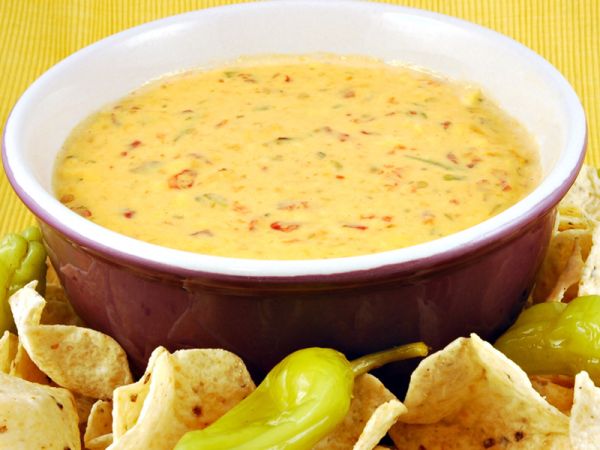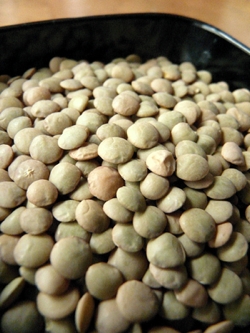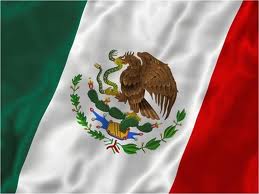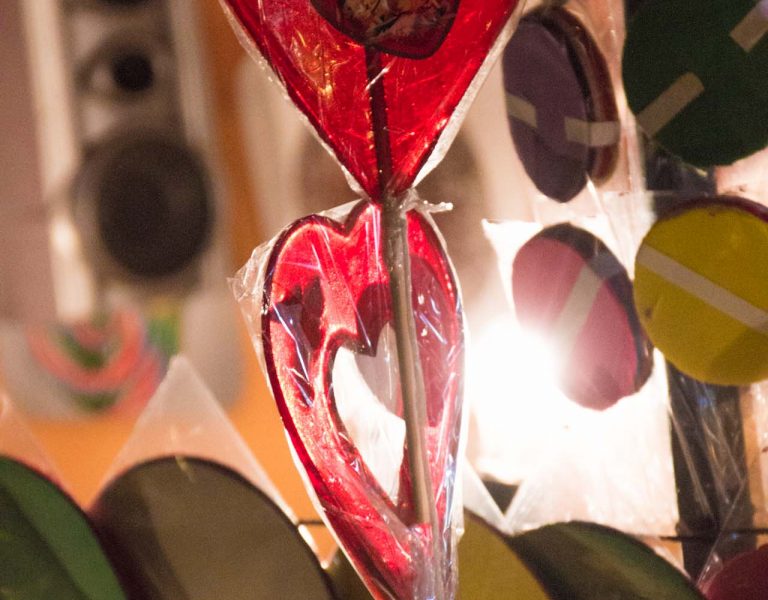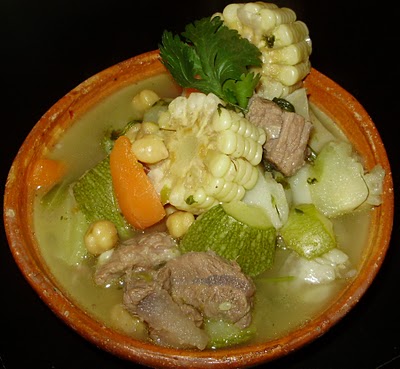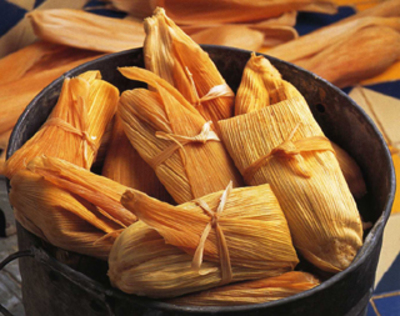¿Qué me dicen, si antes de cualquier cosa, se lanzan por cosas para hacer un caldito de queso? Y así ya está todo listo para mañana.- Se escucha decir a mi mamá un sábado por la tarde. Y es que, desde que tengo memoria, en mi casa es una tradición hacer el caldo cuando la familia está reunida, o después de una fiesta, casi siempre en domingo. Es uno de los pocos platillos que disfrutamos todos en la familia y es algo muy sonorense. El ritual familiar dicta sentarnos todos cerca en lo que hacen el caldo, para platicar y reir hasta que la mamá dice ¡ya está! Y entonces nos acercamos con nuestro plato. El caldo hirviendo y el queso desapareciendo. Sin embargo, lo mejor es el recalentado. Es por eso que mi mamá lo hace en la olla más grande que tiene. Esta receta, está ya tan clavada en nuestro ADN que mi mamá ni siquiera lo tiene en su viejo
y deshojado cuaderno de recetas. Cuando le hablé, porque se me había antojado prepararlo, me la dijo de memoria, sin tanteos. “Es lo más fácil del mundo”. Mi abuela lo hacía, mi mamá lo hace y hasta hace poco lo empecé a hacer yo, cuando invité a una amiga a comer. Cae como ángel en las nubes a un estómago medio torturado. Esta es la receta de la casa. Claro que habrá varias formas de prepararla, y cada familia tendrá su “receta secreta”. Pero la idea es que, conforme la vayan haciendo y probando, le agreguen o le quiten elementos hasta que quede a su gusto. Menos el queso, obvio, si no, ya no se llamaría caldo de queso. Caldo de Queso (para 4 personas) Ingredientes: 1 puré de tomate 3 chiles poblanos 3 papas Sal o consomé de pollo al gusto (o consomate) ½ litro de agua ½ litro de leche 3 tazas de queso asadero,…
